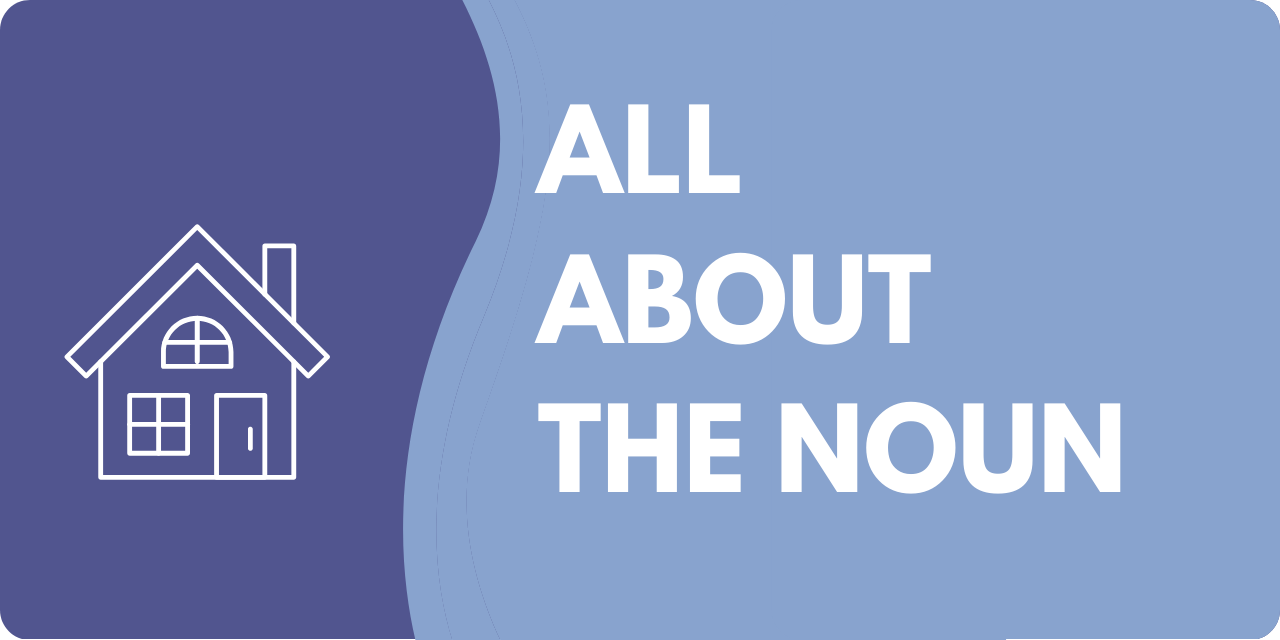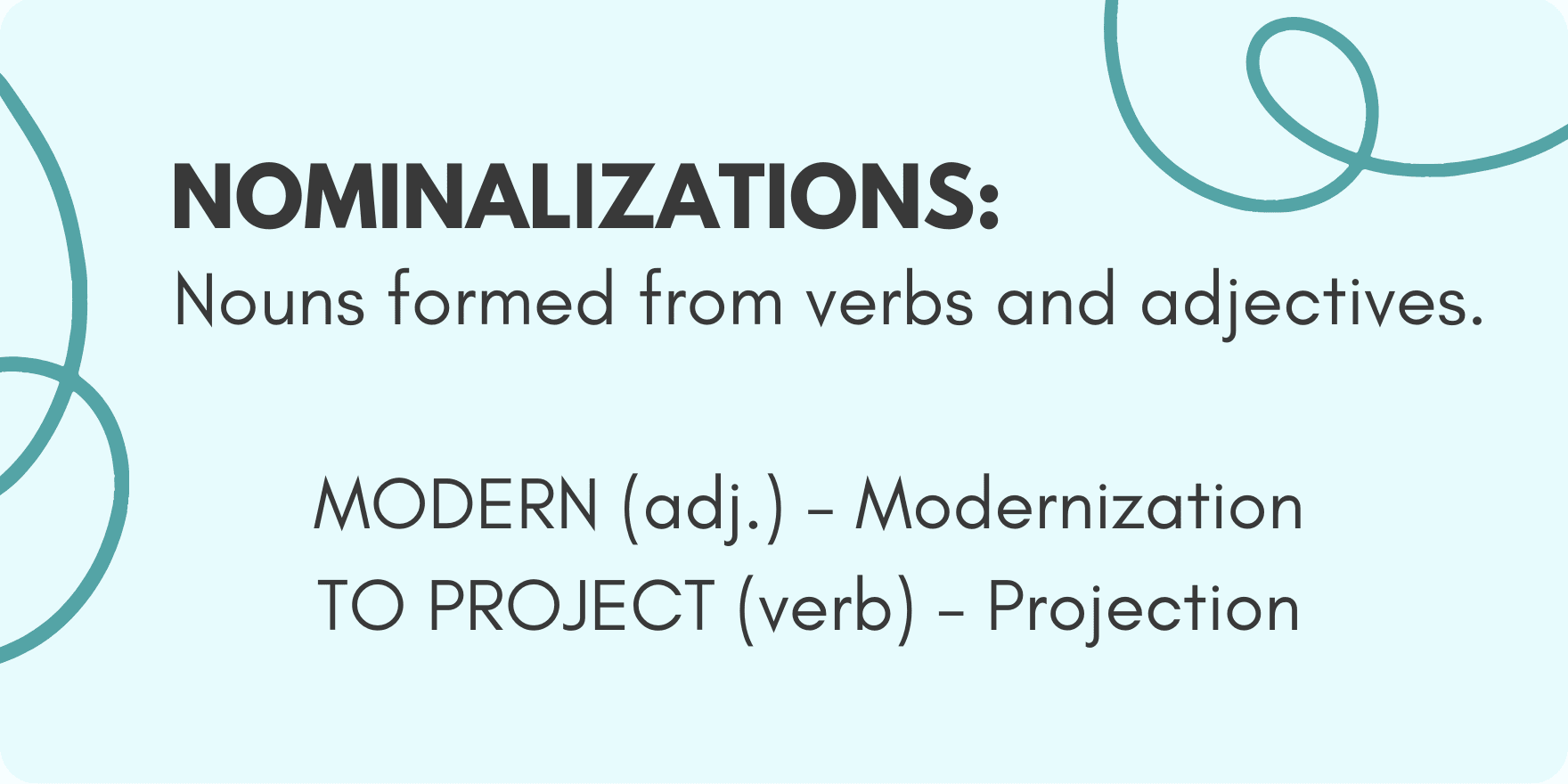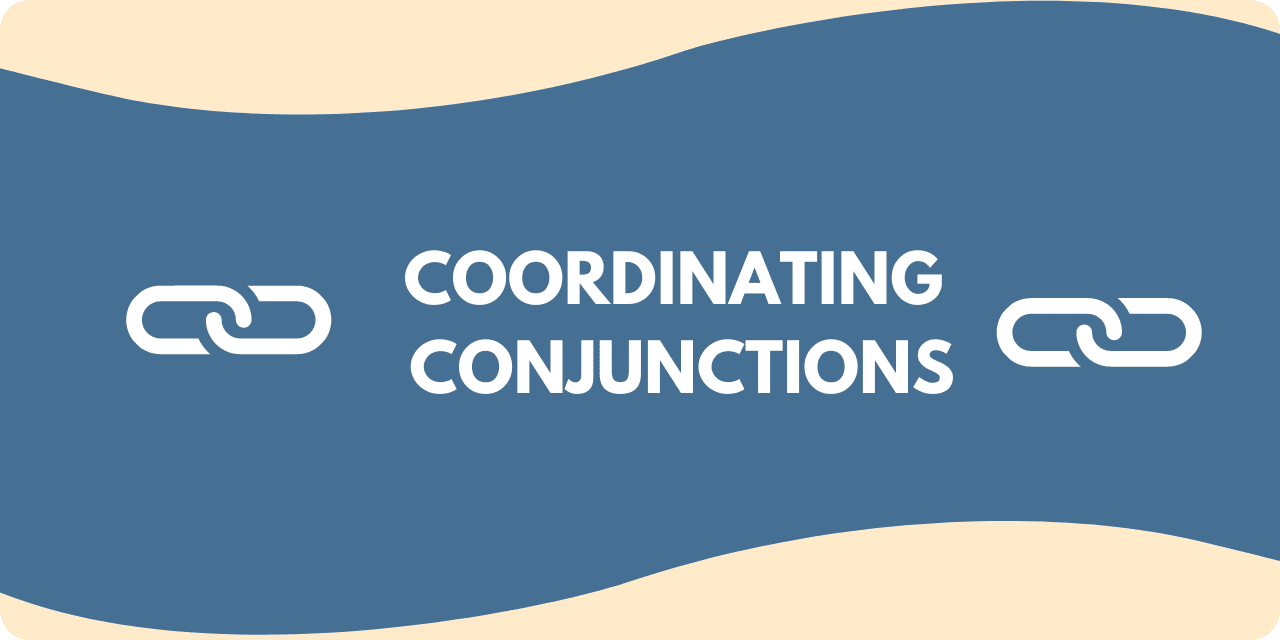Dangling modifiers–these are the phrases that appear at the beginning of a sentence (usually) that give people a chuckle because of what follows them. Here is an illustration:
Chewing contentedly on our rose bushes, Aunt Amy saw a doe and a small deer.
Because the name Aunt Amy follows the opening phrase, it appears that Aunt Amy is munching on the rose bushes. But actually the deer are the munchers.
Here is a formal definition of “dangling modifier,” courtesy of Yourdictionary.com:
. . . a participle or participial phrase . . . that grammatically modifies the subject of its sentence but semantically modifies another element of the sentence or an unstated referent, as approaching Dallas in the sentence Approaching Dallas, the skyline came into view. [My note: The skyline is not approaching Dallas.]
Although I have taught business writing for over 15 years, I have not covered dangling modifiers in class until now. That is because until very recently I almost never saw them in people’s business writing, and I want to use class time to work on common errors and weaknesses.
I cannot explain why, but these days I am seeing dangling modifiers everywhere. Here are examples I have found recently:
As your action coach, you will benefit from my 15 years of solid business experience working with over 250 small and mid-size companies. [Although you follows the opening phrase, you the reader are not the action coach.]
Looking through her weblog, Diane’s beautiful photos make me wish I could see the way she sees. [The photos are not looking through the weblog.]
As a new member, I want to welcome you to the chapter. [The person writing, I, is not the new member.]
Microsoft Office grammar and spelling checker caught none of these errors. Apparently the software cannot recognize the subtle problem in logic.
Here is how to correct the examples above:
As your action coach, I bring 15 years of solid business experience working with over 250 small and mid-size companies.
Looking through her weblog at Diane’s beautiful photos, I wish I could see the way she sees.
I want to welcome you to the chapter as a new member.
To avoid dangling phrases at the beginning of sentences, watch for groups of words including either “as” or “ing” words, the most common offenders. If the word group needs a subject, the subject must come directly after it:
Reading the report, Ella had a brilliant idea.
Not: Reading the report, Ella’s focus was on new ideas.
Why: Ella’s focus is not reading the report–Ella is.
As a contributor, you are recognized in our annual report.
Not: As a contributor, your name is listed in our annual report.
Why: Your name is not a contributor–you are.
Note: Microsoft Office did flag this example.
Dangling modifiers do matter. They trip up readers, who expect words to be connected logically. Even when your meaning becomes clear quickly, a moment of distraction can take the focus off your message and put it on your sentence structure.






